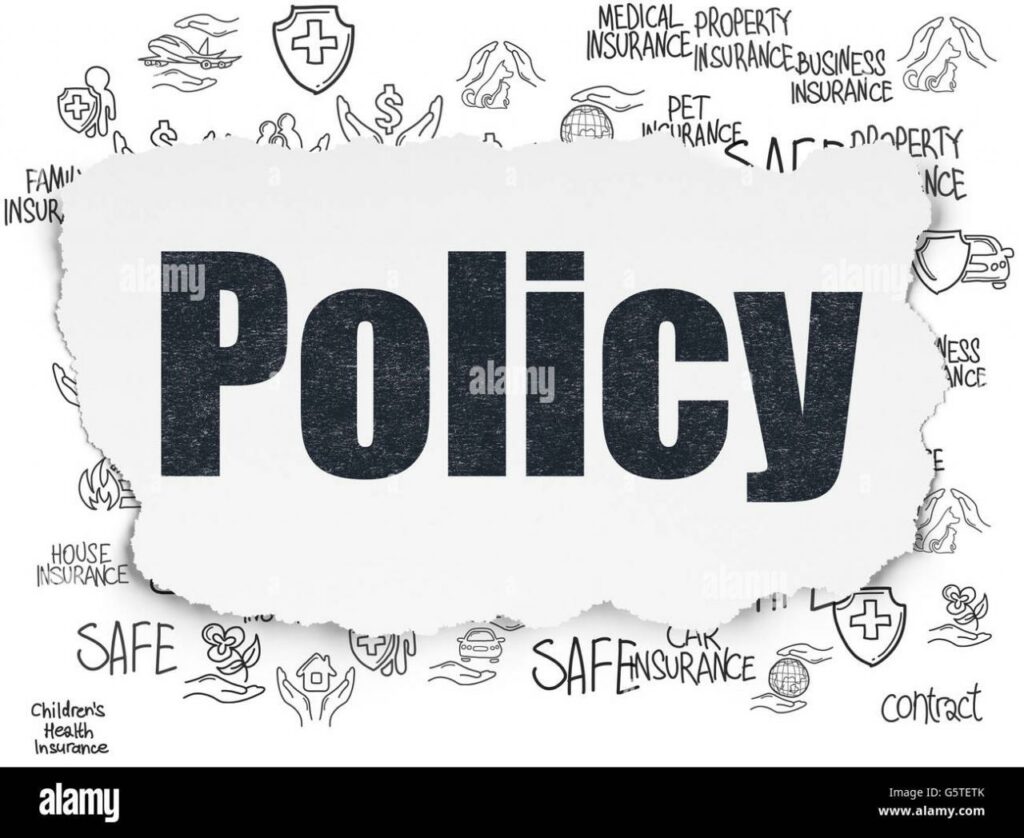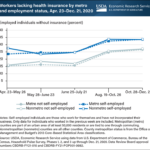How to understand the fine print in insurance policy documents? It’s a question many of us avoid, but understanding those seemingly insignificant details can be the difference between a successful claim and a financial headache. This guide breaks down the complexities of insurance policies, helping you navigate the jargon, exclusions, and limitations to make informed decisions about your coverage.
From identifying key sections and deciphering complex clauses to comparing different policy options and knowing when to seek professional help, we’ll equip you with the knowledge to confidently tackle those dense policy documents.
We’ll explore essential sections like definitions, exclusions, and limitations, providing real-world examples to illustrate how seemingly minor details can significantly impact your coverage. Learn how to compare policies effectively, identify potential ambiguities, and ask the right questions to ensure you have the protection you need. By the end, you’ll be better prepared to understand your insurance policy and protect your financial well-being.
Identifying Key Sections in Insurance Policies: How To Understand The Fine Print In Insurance Policy Documents
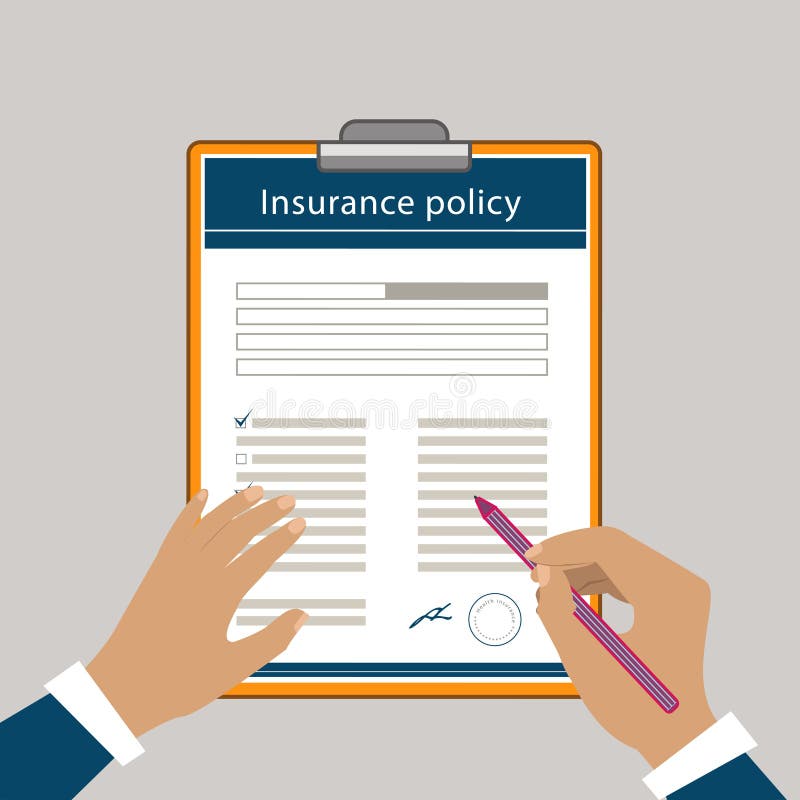
Understanding your insurance policy isn’t about deciphering ancient hieroglyphs; it’s about protecting your interests. Navigating the fine print effectively requires knowing where to look for crucial information. This section will highlight key policy sections and common terminology, empowering you to become a more informed consumer.
Insurance policies, while dense, follow a relatively standard structure. Familiarizing yourself with these key areas will significantly improve your comprehension and allow you to quickly identify critical details.
Key Sections of an Insurance Policy, How to understand the fine print in insurance policy documents
Most insurance policies contain several essential sections. The following table provides a breakdown of these key areas, their importance, and illustrative examples.
| Policy Section | Description | Importance | Example |
|---|---|---|---|
| Declaration Page | This page summarizes the key details of your policy, including the insured, policy number, coverage dates, and premiums. | Serves as a quick reference for policy specifics. | Shows your name, address, policy start and end dates, and the amount of coverage you have. |
| Definitions | This section clarifies the meaning of specific terms used throughout the policy. | Ensures consistent interpretation of the policy language. | Defines terms like “accident,” “occurrence,” or “covered peril” within the context of the policy. |
| Coverage Details | This section Artikels what events or situations are covered under the policy and the extent of coverage. | This is the heart of the policy, specifying what is and isn’t covered. | Specifies the amount of coverage for liability, property damage, or medical expenses. |
| Exclusions | This section lists events, situations, or damages that are specifically NOT covered by the policy. | Crucial for understanding the limitations of the policy. | May exclude coverage for intentional acts, wear and tear, or pre-existing conditions. |
| Conditions | This section Artikels the responsibilities of both the insured and the insurer, such as notification requirements in case of a claim. | Specifies the actions required to maintain coverage and file a claim successfully. | Details how and when to report a claim, cooperate with investigations, or maintain certain safety standards. |
| Claims Process | This section explains the steps involved in filing a claim, including required documentation and timelines. | Provides a roadmap for navigating the claims process. | Artikels the steps for reporting a claim, providing necessary documentation (police reports, medical records), and expected processing times. |
Common Insurance Terminology
Insurance policies are filled with specialized jargon. Understanding these terms is crucial for comprehending your policy’s scope and limitations.
- Premium: The regular payment made to maintain insurance coverage.
- Deductible: The amount you pay out-of-pocket before your insurance coverage begins.
- Co-pay: A fixed amount you pay for a covered healthcare service.
- Coinsurance: The percentage of costs you share with your insurer after meeting your deductible.
- Beneficiary: The person or entity designated to receive insurance benefits in case of a covered event.
- Claim: A formal request for payment under an insurance policy.
- Liability: Legal responsibility for causing harm or damage to another person or property.
- Peril: An event that may cause a loss, such as fire, theft, or accident.
- Policyholder: The individual or entity who holds the insurance policy.
Definitions versus Exclusions
While both definitions and exclusions are crucial parts of an insurance policy, they serve distinct purposes. Understanding this difference is essential for interpreting your coverage accurately.
Definitions clarify the meaning of specific terms used within the policy, ensuring a consistent understanding of the policy language. They establish a common ground between the insurer and the insured. For example, a policy might define “accident” as “an unforeseen and unintended event.”
Exclusions, conversely, specify events, situations, or damages that are explicitly NOT covered by the policy. These are limitations on the coverage provided. For instance, a homeowner’s insurance policy might exclude coverage for damage caused by floods or earthquakes (unless specific endorsements are added).
Understanding Exclusions and Limitations

Insurance policies, while offering a safety net, aren’t all-encompassing. Understanding the fine print, specifically exclusions and limitations, is crucial to avoid unpleasant surprises when you need to file a claim. These clauses define what isn’t covered or the extent of coverage provided, significantly impacting your payout. Ignoring these sections can lead to financial hardship when you least expect it.
Types of Exclusions in Insurance Policies
Exclusions are specific events, circumstances, or damages that your insurance policy explicitly won’t cover. These are carefully worded to prevent the insurer from paying out for situations deemed too risky or outside the policy’s scope. Failing to understand these can lead to a denied claim, leaving you responsible for the full cost.
- Pre-existing Conditions (Health Insurance): Health insurance often excludes pre-existing conditions, meaning health issues you had before the policy’s start date. For example, if you had diabetes before your policy began and then needed treatment, the insurer might not cover the related expenses.
- Acts of God (Homeowners Insurance): Many homeowners’ insurance policies exclude damages caused by natural disasters like earthquakes or floods. While some policies offer optional riders for these events, they are not standard coverage. If an earthquake destroys your home, you might be responsible for rebuilding costs.
- Intentional Acts (Liability Insurance): Liability insurance usually excludes damages caused by intentional acts. If you deliberately damage someone’s property, your liability insurance likely won’t cover the costs of repair or compensation. This also applies to car insurance; deliberately causing an accident would be excluded.
- Wear and Tear (Home/Auto Insurance): Normal wear and tear on your property or vehicle is generally excluded. A gradual deterioration of your car’s tires or the fading of your house paint wouldn’t be covered under standard policies.
Implications of Policy Limitations on Coverage
Limitations, unlike exclusions, don’t entirely negate coverage but restrict it. They specify the maximum amount the insurer will pay, the duration of coverage, or conditions under which coverage applies. These limitations can significantly affect the amount you receive after a claim.
| Limitation Type | Consequence | Example |
|---|---|---|
| Maximum Payout Amount | The insurer will only pay up to a specified limit, even if the damages exceed this amount. | A car accident causes $20,000 in damages, but your policy has a $15,000 limit; you’ll have to cover the remaining $5,000. |
| Deductible | You must pay a predetermined amount before the insurer covers the remaining costs. | Your health insurance has a $1,000 deductible. If your medical bill is $5,000, you pay $1,000, and the insurer covers $4,000. |
| Time Limits | Coverage is limited to a specific period. | A travel insurance policy only covers medical emergencies during the trip duration. Any medical issue arising after the trip ends is not covered. |
| Geographic Limitations | Coverage is limited to specific geographical areas. | Your car insurance might offer roadside assistance only within a certain radius from your home. |
Comparison of Exclusion and Limitation Language
Insurance companies use specific language to define exclusions and limitations. While seemingly straightforward, this language can be ambiguous, leading to disputes. Exclusions are often expressed with words like “excluding,” “does not cover,” or “not applicable to.” Limitations use terms such as “limit,” “maximum,” “deductible,” or “up to.” The subtle differences in wording can create confusion, making it crucial to understand the precise meaning of each clause.
For example, a phrase like “damage resulting from negligence” could be interpreted differently by the insured and the insurer, leading to potential disagreements during claim settlement. Seeking clarification from your insurance provider about any ambiguous terms is highly recommended.
Deciphering Complex Clauses and Jargon
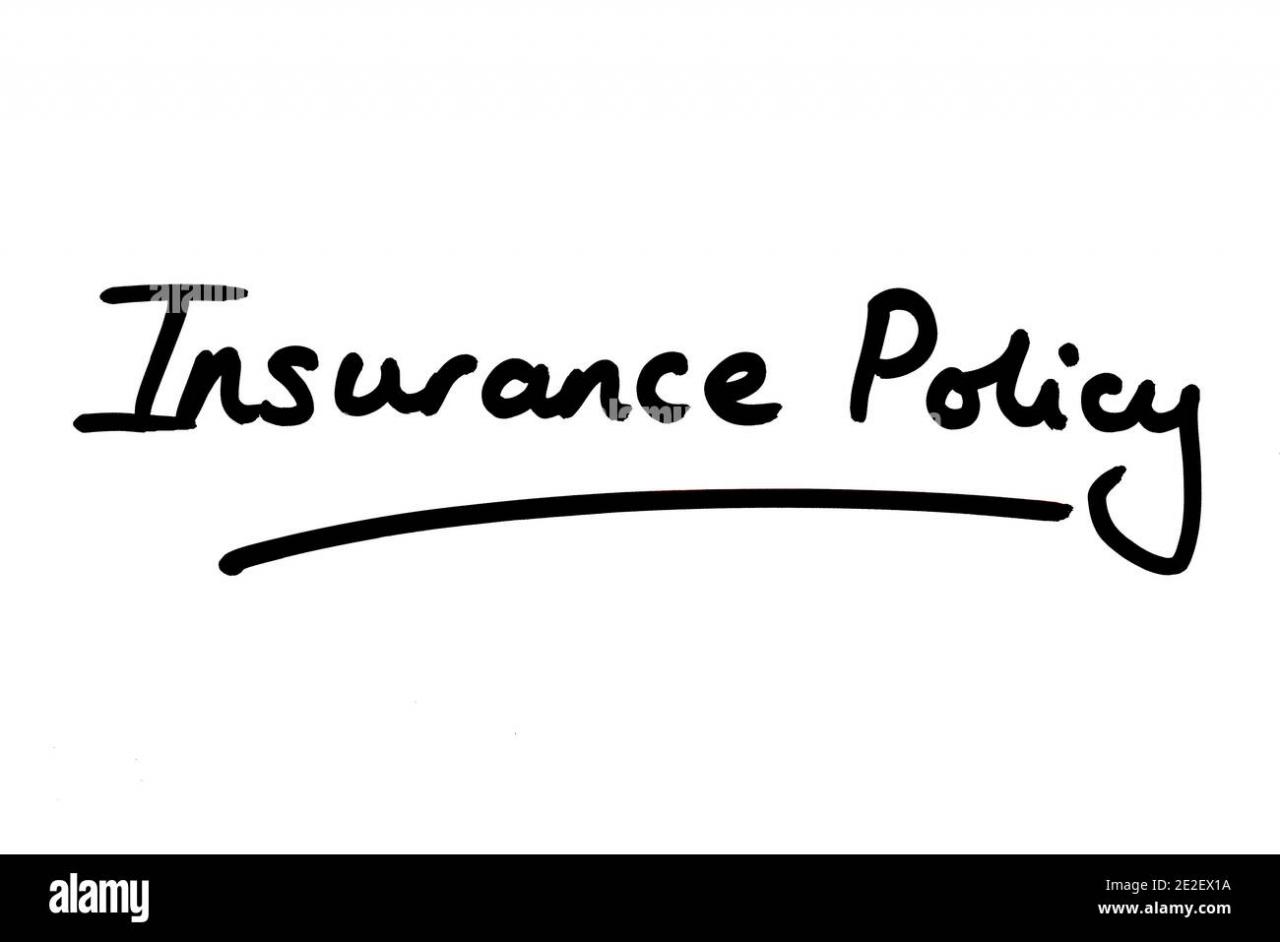
Insurance policies are notorious for their dense, technical language. Understanding these complex clauses and jargon is crucial to ensuring you’re adequately protected. Failing to grasp the nuances can lead to costly surprises when you need to file a claim. This section breaks down common complexities and provides strategies for navigating the fine print.
Many insurance policies utilize complex legal phrasing and specialized terminology that can be difficult for the average person to understand. This often leads to misunderstandings about coverage and limits. However, with a little effort and the right approach, you can effectively decipher these clauses and protect your interests.
Navigating insurance policy documents can feel like decoding a secret language, but understanding the fine print is crucial. For young adults, especially those with limited budgets, finding affordable coverage is key, which is why knowing what are the best life insurance policies for young adults with low income is a great starting point. Once you’ve identified potential options, carefully review the policy details; understanding exclusions and limitations is just as important as knowing the benefits.
Common Complex Clauses and Their Practical Implications
Insurance policies often contain clauses that significantly impact coverage. For example, “proximate cause” clauses determine the underlying reason for a loss. If the proximate cause isn’t covered by your policy, your claim might be denied, even if other contributing factors are covered. Similarly, “co-insurance” clauses require you to share a percentage of the loss with the insurer, reducing your payout.
Understanding these clauses helps you assess the true cost and value of your policy. Another frequently encountered clause is the “deductible,” which represents the amount you pay out-of-pocket before your insurance coverage kicks in. Higher deductibles generally result in lower premiums, but mean you shoulder more risk.
Strategies for Identifying and Interpreting Ambiguous Language
Ambiguity is a common issue in insurance policies. When encountering unclear or contradictory wording, several strategies can be employed. First, carefully read the entire clause in context. Often, the meaning becomes clearer when considered within the broader policy framework. Second, use a dictionary or online resources to define any unfamiliar terms.
Third, if ambiguity persists, don’t hesitate to contact your insurance provider directly for clarification. They are obligated to explain the policy’s terms in a way you can understand. Finally, consider seeking advice from an independent insurance professional who can provide an objective interpretation.
Examples of Seemingly Minor Details Affecting Coverage
Even minor details within a clause can significantly impact your coverage. For instance, a clause specifying “direct physical damage” might exclude losses caused by indirect consequences of an event. A flood damaging your home’s foundation might be covered, but the subsequent mold growth due to the dampness might not be, depending on the policy wording. Similarly, a clause limiting coverage to “named perils” will only cover losses caused by explicitly listed events, excluding any others.
Navigating insurance policy documents can feel like deciphering a secret code, but understanding the fine print is crucial. A key question many grapple with is, ” can I get life insurance if I have a pre existing medical condition ?”, as this often impacts coverage details. Therefore, carefully reviewing exclusions and conditions, especially regarding pre-existing health issues, is paramount to ensuring you’re fully protected and understand exactly what your policy covers.
Consider a homeowner’s policy only covering fire and theft. Damage caused by a windstorm would not be covered under this limited policy. Always meticulously review the specific wording of every clause, paying close attention to seemingly minor details that could have substantial implications.
Comparing Different Policy Options

Navigating the world of insurance can feel like deciphering a secret code, especially when faced with a multitude of policy options. Understanding the differences between various policies and providers is crucial to securing the best coverage at the most competitive price. This section will equip you with the tools to effectively compare and contrast different insurance policy types and providers, empowering you to make informed decisions.
Key Features of Different Insurance Policy Types
A comprehensive comparison of different insurance policy types requires a detailed examination of their coverage features. The following table contrasts comprehensive and liability insurance, two common types, highlighting their key differences. Remember, specific coverage details will vary depending on the insurer and the specifics of your policy.
| Feature | Comprehensive Insurance | Liability Insurance |
|---|---|---|
| Coverage | Covers damage to your own vehicle, regardless of fault, including collision, theft, vandalism, and weather-related damage. May also include additional coverages like roadside assistance and rental car reimbursement. | Covers damage or injury caused to others or their property by your vehicle. This typically includes bodily injury and property damage liability. |
| Cost | Generally more expensive due to broader coverage. | Generally less expensive than comprehensive insurance, as it offers more limited coverage. |
| Deductible | Usually requires a deductible, which is the amount you pay out-of-pocket before the insurance coverage kicks in. | Deductibles may apply depending on the specific policy. |
| Examples | If a tree falls on your car, comprehensive insurance will cover the repairs. If your car is stolen, comprehensive insurance will help replace it. | If you cause an accident that injures someone, liability insurance will cover their medical expenses and potential legal fees. If you damage someone else’s property, liability insurance will help with repairs. |
Factors to Consider When Comparing Policy Options from Different Providers
Choosing the right insurance policy involves more than just comparing prices. Several crucial factors must be weighed when evaluating different providers and their offerings. These factors ensure that you select a policy that truly meets your individual needs and financial situation.
Consider these key aspects:
- Premium Cost: The monthly or annual cost of the insurance policy. Compare quotes from multiple providers to find the most competitive rate.
- Deductible: The amount you pay out-of-pocket before insurance coverage begins. A higher deductible typically results in lower premiums, but you’ll pay more in the event of a claim.
- Coverage Limits: The maximum amount the insurance company will pay for a covered claim. Ensure the limits are sufficient to cover potential losses.
- Policy Exclusions: Specific events or circumstances not covered by the policy. Carefully review exclusions to understand potential gaps in coverage.
- Customer Service: Consider the insurer’s reputation for responsiveness and helpfulness in handling claims and inquiries. Online reviews and ratings can provide valuable insights.
- Financial Stability of the Insurer: Check the insurer’s financial ratings to ensure they have the capacity to pay claims when needed. Independent rating agencies provide these assessments.
A Step-by-Step Guide to Analyzing Multiple Policy Documents
Systematically comparing multiple insurance policies can be overwhelming. A structured approach ensures you don’t miss crucial details and helps you make the best decision for your circumstances.
Follow these steps:
- Gather Policy Documents: Obtain quotes and policy documents from multiple insurers. Ensure you have all the necessary information to make a comprehensive comparison.
- Create a Comparison Spreadsheet: Develop a spreadsheet to organize key information from each policy, including premium cost, deductible, coverage limits, exclusions, and customer service ratings.
- Analyze Coverage: Carefully review the coverage details of each policy. Pay close attention to the specific types of events covered and any limitations or exclusions.
- Compare Premiums and Deductibles: Compare the cost of premiums and deductibles across different policies. Consider the trade-off between a lower premium and a higher deductible.
- Assess Customer Service and Financial Stability: Research the insurer’s reputation for customer service and their financial stability. Utilize online resources and independent rating agencies to gather information.
- Make Your Decision: Based on your analysis, select the policy that best balances cost, coverage, and insurer reliability. Remember that the cheapest policy isn’t always the best if it lacks adequate coverage.
Seeking Clarification and Professional Assistance

Navigating the complexities of insurance policies can be daunting, even for the most diligent reader. Sometimes, despite your best efforts, ambiguities or unclear sections remain. Fortunately, there are avenues for obtaining clarification and ensuring you fully understand your coverage. This section explores how to seek help from your insurer and the advantages of consulting an independent insurance professional.Understanding your policy is crucial for effective risk management.
A clear understanding prevents disputes and ensures you receive the appropriate benefits when you need them. Both direct contact with your insurer and consultation with an independent professional offer valuable support in this process.
Contacting Your Insurance Provider
Contacting your insurance provider directly is the first step in clarifying any uncertainties within your policy document. This can typically be done via phone, email, or through your online account portal. When contacting them, be prepared to provide your policy number and clearly articulate the specific clauses or sections requiring clarification. It’s beneficial to have the policy document at hand to reference specific wording or section numbers.
Note down the name of the representative you speak with and the date and time of your conversation. If the clarification is complex, request the explanation in writing as confirmation. Many insurance companies also offer detailed FAQs or online resources which may provide answers to common questions.
Benefits of Consulting an Independent Insurance Professional
While contacting your insurer is essential, an independent insurance professional provides an unbiased perspective and expert interpretation of your policy. They possess extensive knowledge of insurance policies and regulations, enabling them to identify potential gaps in coverage, highlight critical exclusions, and explain complex terminology in plain language. Their services can be particularly valuable when dealing with high-value policies or specialized coverage types, such as commercial insurance or long-term care.
An independent review can offer peace of mind and ensure you’re making informed decisions about your insurance needs. They can also help compare different policy options from various providers, assisting you in securing the best coverage at a competitive price.
Questions to Ask an Insurance Professional
Before your consultation, prepare a list of questions to maximize the effectiveness of your meeting. This demonstrates your proactive engagement and ensures you receive the necessary information. A well-prepared list of questions will also help keep the discussion focused and efficient.
- What are the key exclusions and limitations of my policy?
- Are there any specific circumstances under which my coverage might be denied?
- What are the procedures for filing a claim, and what documentation is required?
- How does my policy address [specific scenario relevant to your concerns]?
- What are the implications of [specific clause or section you find confusing]?
- Are there any additional riders or endorsements that would enhance my coverage?
- How does my policy compare to similar offerings from other providers?
- What are my options if I’m dissatisfied with a claim decision?
Illustrative Examples of Fine Print Impact
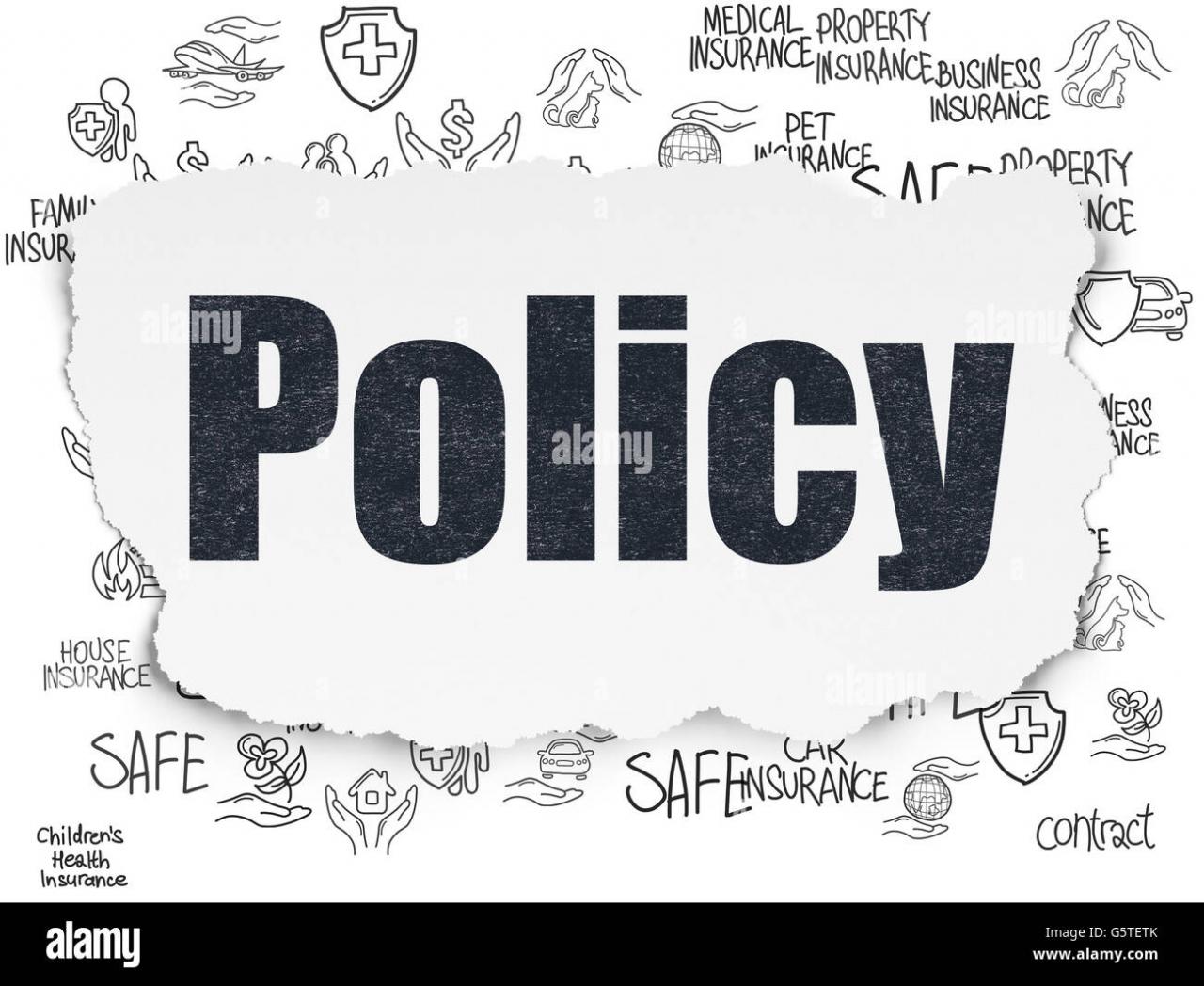
Understanding the fine print in your insurance policy isn’t just about avoiding legal jargon; it’s about protecting your financial well-being. A seemingly insignificant clause can dramatically alter the outcome of a claim, leading to either significant payouts or devastating losses. Let’s explore some real-world scenarios to illustrate this point.
Scenario 1: Neglecting the “Act of God” Clause Leads to Financial Loss
Imagine Sarah, a homeowner with a comprehensive home insurance policy. A severe storm, classified as an “Act of God,” damages her roof. She files a claim, confident in her coverage. However, the fine print in her policy specifies that damage caused by “flooding resulting from an Act of God” is excluded from coverage, even if the flooding is a secondary consequence of the storm.
Unfortunately, the storm also caused significant flooding in her basement, leading to extensive water damage. Because Sarah didn’t carefully review the policy’s exclusion of flood damage related to Acts of God, her claim for the basement damage is denied, leaving her with substantial repair costs.
Visual Representation: Imagine a house, partially damaged by a storm. The roof shows minor damage, clearly covered by insurance. However, the basement is submerged in water, representing the excluded flood damage. The visual emphasizes the contrast between the covered and uncovered damage, highlighting the impact of the “Act of God” clause and its exclusion of flood damage. Sarah’s face, etched with worry and financial strain, is superimposed on the image of the flooded basement.
This image powerfully illustrates how a seemingly small clause can lead to a significant financial burden.
Scenario 2: Careful Review of Policy Limits Ensures Successful Claim
John, a business owner, experienced a break-in at his office. His business insurance policy covers theft, but it has a clause specifying a limit on the amount recoverable for cash stolen. Before the incident, John meticulously reviewed his policy, noting this specific limit was set at $5,000. Although over $10,000 in cash was stolen, John had wisely kept only $4,000 in the office safe, transferring the rest to a bank.
By adhering to the policy’s limitations, he successfully claimed the full $4,000, avoiding a potentially significant financial loss.
Visual Representation: This scenario is visually represented by two contrasting images. The first depicts a chaotic office after a break-in, with a broken safe and scattered documents. The second shows John receiving a check from the insurance company, a clear representation of his successful claim. The visual contrast highlights the successful outcome due to his proactive approach to understanding the policy’s limits.
A small inset could show John carefully reading his policy, emphasizing the importance of understanding the fine print.
